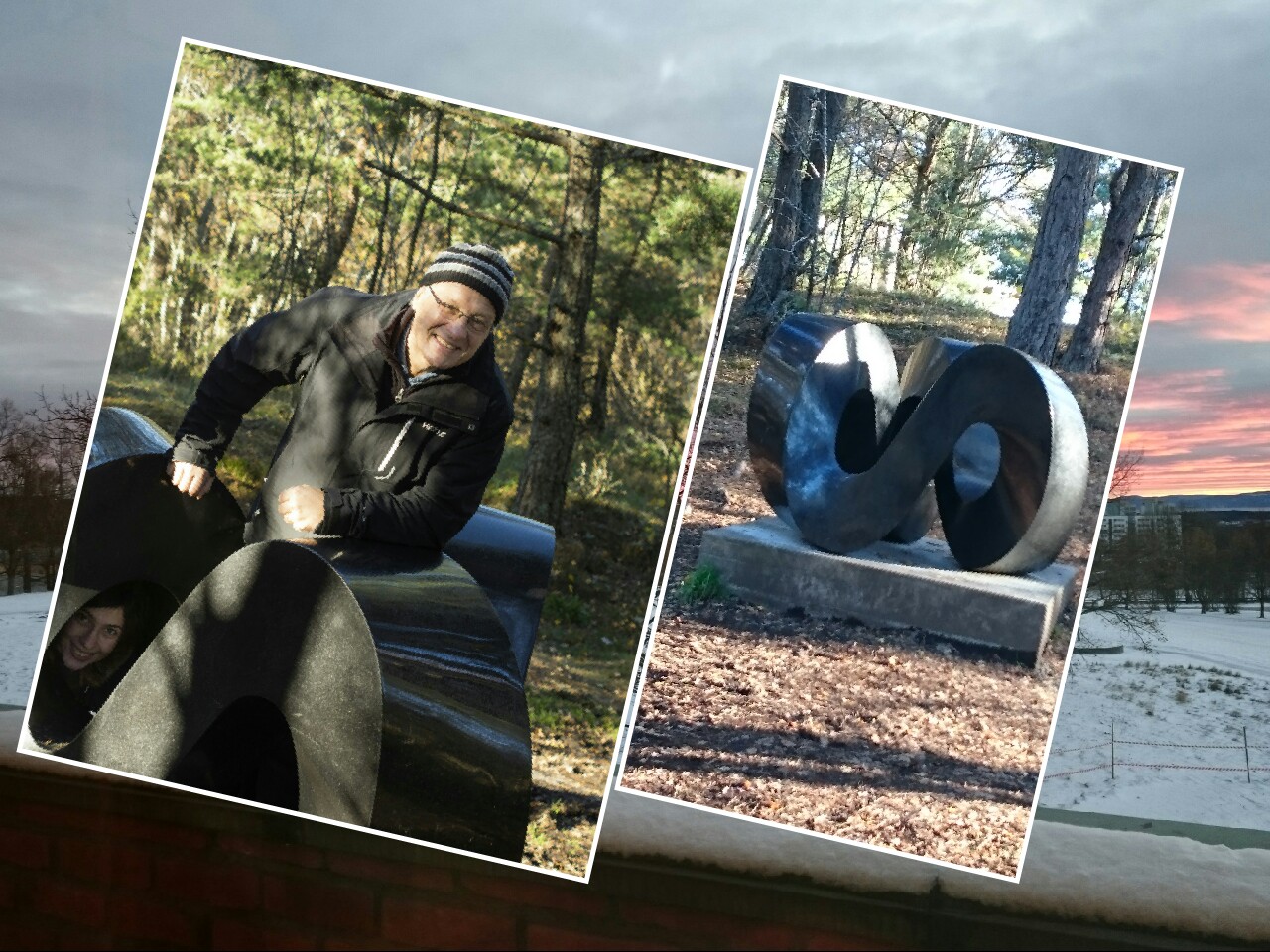Conference
This conference is formally a CAS midterm meeting hosted by the Centre for Advanced Studies within the project "Molecules in extreme environments" and the Hylleraas Centre for Quantum Molecular Sciences. Since Dage Sundholm is a CAS fellow this midterm meeting provided an excellent opportunity to arrange a surprise meeting for him on the occation of his 60th birthday.
His impressive professional work apart, Dage is a terrific person, a good friend and a wonderful character. The responses to our invitation to the D60 conference were universally enthusiastic and we are delighted to present a quality-packed three-day program, where more than thirty prominent scientists in the field of theoretical chemistry and physics as well as computational biochemistry and experiment will present their recent work, creating a broad picture of the diversity of Dage's research.
Program
Program Monday 15 January
08:30 Registration opens
08:50 Opening - Trygve Helgaker
Session I – 09:00 - 10:30, Chair: Toomas Tamm
- 09:00 - 09:30 Kai Nordlund
- Development of interatomic potentials for matter and antimatter: 20 years of collaboration with Dage
- 09:30 - 10:00 Per-Åke Malmqvist
- The lowest potential functions for the lowest S=n/2 (n=1,3,...,11) states of the dichromium cation
- 10:00 - 10:30 Pekka Pyykkö
- Determination of nuclear quadrupole moments
10:30 - 11:00 Coffee
Session II – 11:00 - 12:30, Chair: Susi Lehtola
- 11:00 - 11:30 Christian Ochsenfeld
- Linear- and sublinear-scaling quantum-chemistry methods
- 11:30 - 12:00 Jeppe Olsen
- A revisit to perturbation expansions of the two-state problem
- 12:00 - 12:30 Poul Jørgensen
- Cluster perturbation theory for energies and molecular properties including excitation energies
12:30 - 14:00 Lunch
Session III – 14:00 - 16:00, Chair: Michal Repisky
- 14:00 - 14:30 Chao-Ping Hsu
- Electronic coupling and rates for singlet fission
- 14:30 - 15:00 Leticia Gonzalez
- Methods for exciting transition metal complexes
- 15:00 - 15:30 Christof Hättig
- The ultrafast excited-state dynamics of the aromatic triazene berinil
- 15:30 - 16:00 Ville Kaila
- Proton-coupled electron transfer reactions in biology
16:00 - 16:30 Coffee
Session IV – 16:30 - 18:30, Chair: Jonas Jusélius
- 16:30 - 17:00 Ulf Ryde
- Estimating ligand-binding affinities with QM methods
- 17:00 - 17:30 Tomaz Wesolowski
- Recent developments in frozen-density embedding theory and its applications in multi-scale modelling
- 17:30 - 18:00 Raul Mera-Adasme
- Chemistry from the south of the world
- 18:00 - 18:30 Lukas Pasteka
- Bullvalene rearrangement network analysis
Poster Session – 19:00 - 20:00
Program Tuesday 16 January
Session V – 09:00 - 10:30, Chair: Trygve Helgaker
- 09:00 - 09:30 Wim Klopper
- GW methods and Bethe-Salpeter equation
- 09:30 - 10:00 Heike Fliegl
- Linking magnetically induced current densities to optical properties
- 10:00 - 10:30 Lauri Halonen
- Simple chemical processes on water, ice and quartz surfaces
10:30 - 11:00 Coffee
Session VI – 11:00 - 12:30, Chair: Lukas Wirz
- 11:00 - 11:30 Maria Dimitrova
- Halomethanes in strong magnetic fields
- 11:30 - 12:00 Sofie van Damme
- Interoperation of the behavior of the NICSzz by resolving in orbitals, signs and positions
- 12:00 - 12:30 Andy Teale
- The role of MAGIC in current-density-functional theory
12:30 - 14:00 Lunch
Session VII – 14:00 - 16:00, Chair: Ansgar Schäfer
- 14:00 - 14:30 Sonia Coriani
- Developing theoretical beamlines for modern experiments
- 14:30 - 15:00 Antonio Rizzo
- Electronic nonlinear spectroscopies: theory and experiment working together
- 15:00 - 15:30 Trond Saue
- Beyond the electric dipole approximation in relativistic simulations of x-ray absorption spectroscopy
- 15:30 - 16:00 Kenneth Ruud
- Ultralong and anomalous phosphorescence of relevance to organic light-emitting diodes
16:00 - 16:30 Coffee
Session VIII – 16:30 - 18:30, Chair: Michal Straka
- 16:30 - 17:00 Elke Pahl
- Melting transitions in extreme environments
- 17:00 - 17:30 Martin Kaupp
- Computation of magnetic resonance parameters: dia- and paramagnetic systems from molecules to solids
- 17:30 - 18:00 Juha Vaara
- Chemical shift extremum of 129Xe(aq) reveals details of hydrophobic solvation
- 18:00 - 18:30 Olga Malkin
- A mystery of a through-space indirect spin-spin coupling between two hydrogen atoms
20:00 - 23:00 Conference dinner
Program Wednesday 17 January
Session IX – 09:00 - 10:30, Chair: Stefano Corni
- 09:00 - 09:30 Jürgen Gauss
- Towards large-scale full configuration-interaction
- 09:30 - 10:00 Peter Schwerdtfeger
- From graphene to fullerenes, gaudienes and golden hollow cages
- 10:00 - 10:30 Mikael Johansson
- Spin densities, spheres and hydrogen bonding -- a most enjoyable brew
10:30 - 11:00 Coffee
Session X – 11:00 - 12:30, Chair: Luca Frediani
- 11:00 - 11:30 Stella Stopkowicz
- Accurate treatment of ground and excited states in strong magnetic fields
- 11:30 - 12:00 Pauli Parkkinen
- Numerical quantum chemistry with cube and bubbles
- 12:00 - 12:30 Michael Patzschke
- Analysis of the covalent bond character of tetravalent actinides complexes with N- and O-donor ligands
12:30 - 12:40 Closing, Heike Fliegl
12:40 - 14:00 Lunch
Poster contributions
- P1: Maria Dimitrova, Small chiral molecules in strong magnetic fields
- P2: Sangita Sen, Excited Molecules in Strong Magnetic Fields
- P3: Susi Lehtola, Cost effective description of strong correlation via the perfect pairing hierarchy
- P4: Michal Straka, Relativistic chemical shifts across the periodic table
- P5: Andreas Dreuw, The Algebraic Diagrammatic Construction for the Polarization Propagator - Recent Advances and Developments
- P6: Carl-Mikael Suomivuori, Energetics and dynamics of a light-driven sodium pumping rhodopsin
- P7: Ana Garmiz-Hernandez, Electron-Proton Transfer in terminal Quinone reduction of Complex I
- P8: Luca Frediani, Magnetic Properties at the basis set limit with Multiwavelets
- P9: Jonas Juselius, The significance of referential transparency and the Curry-Howard isomorphism
- P10: Vivek Sharma, Redox-coupled proton pumping in biological energy transduction using multiscale computations
- P11: Michael Patzschke, Analysis of the covalend bond character of tetravalent actinides complexes with N- and O-donor ligands
- P12: Flyura Djurabekova, Thermal oxidation of Pd nanoparticles supported on CuO nonowires: the role of the CuO-Pd interface
- P13: Vincent Liegeois, DrawMol, a new graphical tool to build and visualize molecular structures and properties
- P14: Toomas Tamm, Template-catalysed formation cyclohexanohemicucurbiturils
- P15: Markus Rauhalahti, Ligand design for catalysis using machine learning methods
- P16: Chandan Kumar, Magnetically induced current densities of electronic excited states at the MCSCF level
- P17: Vladimir Malkin, Visualization of nuclear spin-spin coupling and hyperfine coupling pathways
Group picture
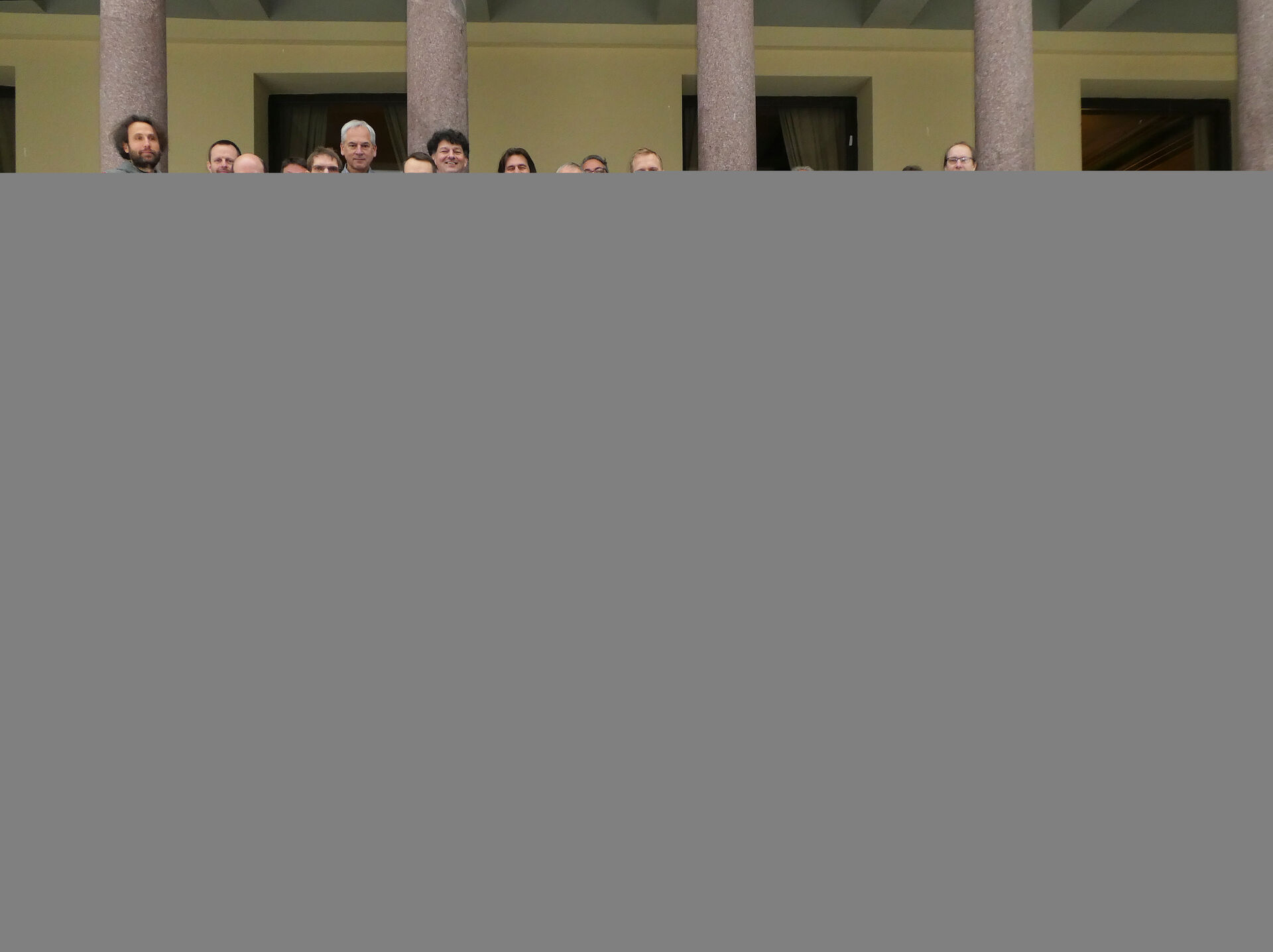
Registration
The registration fee is NOK 1000 (about EUR 110). Maximum capacity is 80 persons for the banquet and 105 for the conference.
Registration deadline was 01.12.2017.
Accommodation
Arrangment of the accommodation is left entirely to the participants. Hotel Gabelshus is the closest hotel - only 350 meters from the conference venue.
Directions
Det norske vitenskapsakademi (DNVA) is situated at Drammensveien 78. The location is close to tram line 13, see travel information here.
Eating Out
Lunch will be served at DNVA, but please indicate which days you would like to have lunch when filling out the registration. The banquet is on Tuesday evening (also sign up at registration), and it is open for accompanying persons for an added NOK 500 NOK (about EUR 55)per person. Oslo has several nice places to eat, and here is a little selection of restaurants to try, ranging from cheap yet excellent Asian cuisine to Michelin star awarded experiences.
Dining out in Norway may be expensive. Especially alcoholic drinks are pricey. The restaurants in the link above are chosen for their excellent quality/value balance.
Tipping is not compulsory, but if you are happy with the service and the food, you typically add/leave up to 10 % of the bill.
Sightseeing
There will not be much time for sightseeing during the symposium, but is you are staying longer you can take a look here.
Organizers
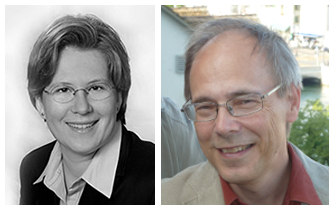
Heike Fliegl and Trygve Helgaker
Hylleraas Center for Molecular Sciences, Department of Chemistry, University of Oslo
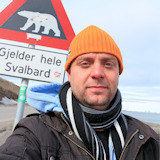
Mikael Johansson, University of Helsinki
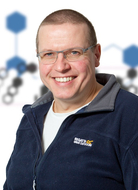
Raphael Berger, University of Salzburg
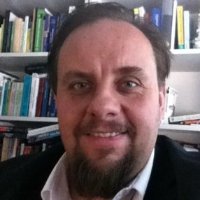
Michael Patzschke, Helmholtz-Zentrum Dresden Rossendorf
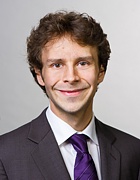
Ville Kaila, Technical University Munich
